When Paul Cezanne left Paris and the Impressionist movement to explore his independent concepts of capturing time and space on the two-dimensional picture plane through light, color, and form, he probably did not foresee the impact he would have on art, and artists well into the next century. His concepts gave rise to Cubism, Futurism, Vorticism, Orphism, and Synchromism. Of all of these monumental advancements in modern art, only one was conceived by, and developed by, American artists—Synchromism.
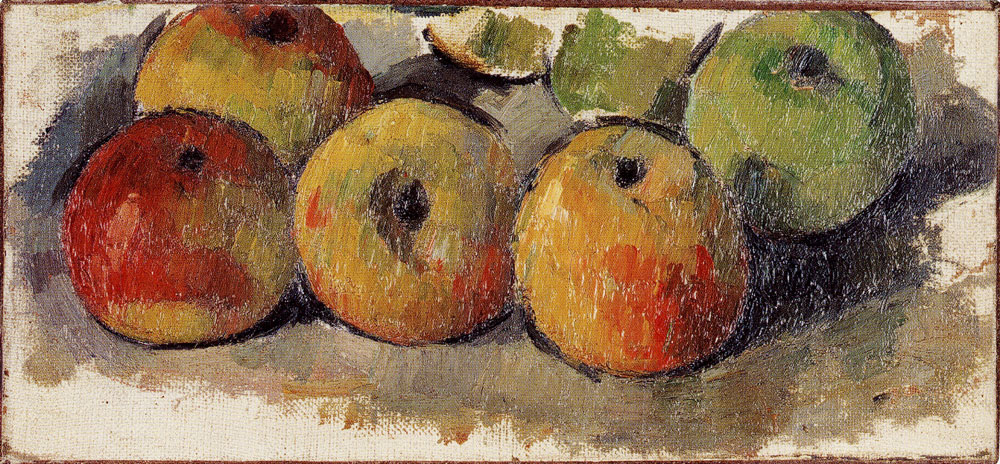
From the collection of Mr. and Mrs. Eugene V. Thaw.
Morgan Russell & The Steins
In 1907, the same year Pablo Picasso would paint Les Demoiselles d’Avignon, American artists Morgan Russell and Stanton MacDonald-Wright set out for Paris. Russell, like many American artists before and after, sought out Gertrude and Leo Stein. The Steins were American expatriates living in Paris, collecting Impressionist and Modern art, and sharing their art and their avant-garde concepts. Leo Stein was supportive of Morgan Russell’s desire to develop abstraction through color. He loaned a small Cezanne painting, Five Apples, to Russell to study. The works produced by Russell, and MacDonald-Wright evolved from figurative to a pure abstraction. Morgan Russell called this manner of abstraction Synchromism.
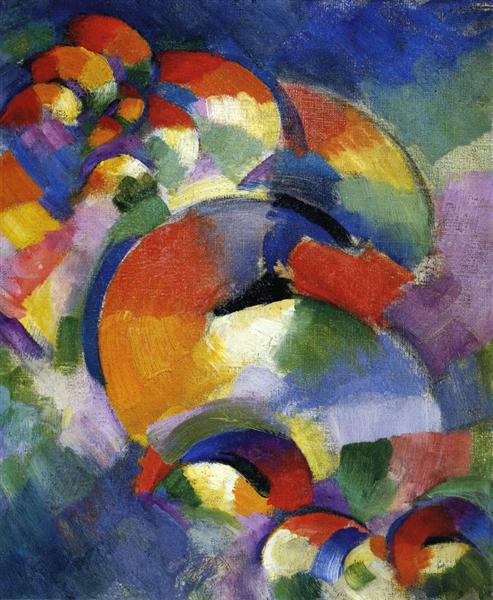
Synchromism – A Reaction Against a Subdued Palette
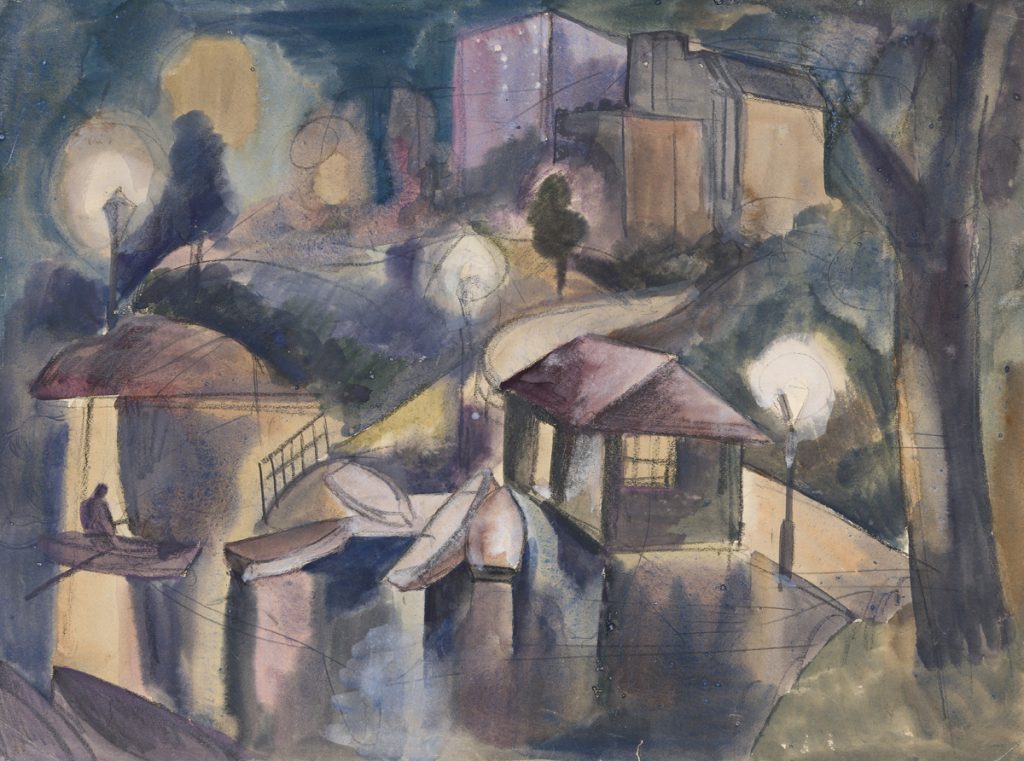
Synchromism reacted against the subdued palette of Cubism and shared with Futurism origins in capturing movement in the static nature of the plastic arts. French painters, Robert and Sonia Delaunay were also developing abstract concepts through color. Orphism, the term coined by Guillaume Apollinaire in 1912, described these works. As with Russell, the Delaunay’s concepts were born out of Cubism, coupled with the experiments in color introduced by Fauvist works of Henri Matisse and Andre Derain in 1905. Many would argue Synchromism was not independent of prior artistic discoveries in color abstraction, including James Daugherty. Still, others would follow Russell and incorporate his concepts into their own works. Arthur Burdett Frost, Jr., Thomas Hart Benton, Konrad Cramer, and Jan Matulka are amongst the few Americans associated with color abstraction. Untitled, (Central Park) by Matulka shows his Cubist influence.
James Daugherty’s Practice in Synchromism
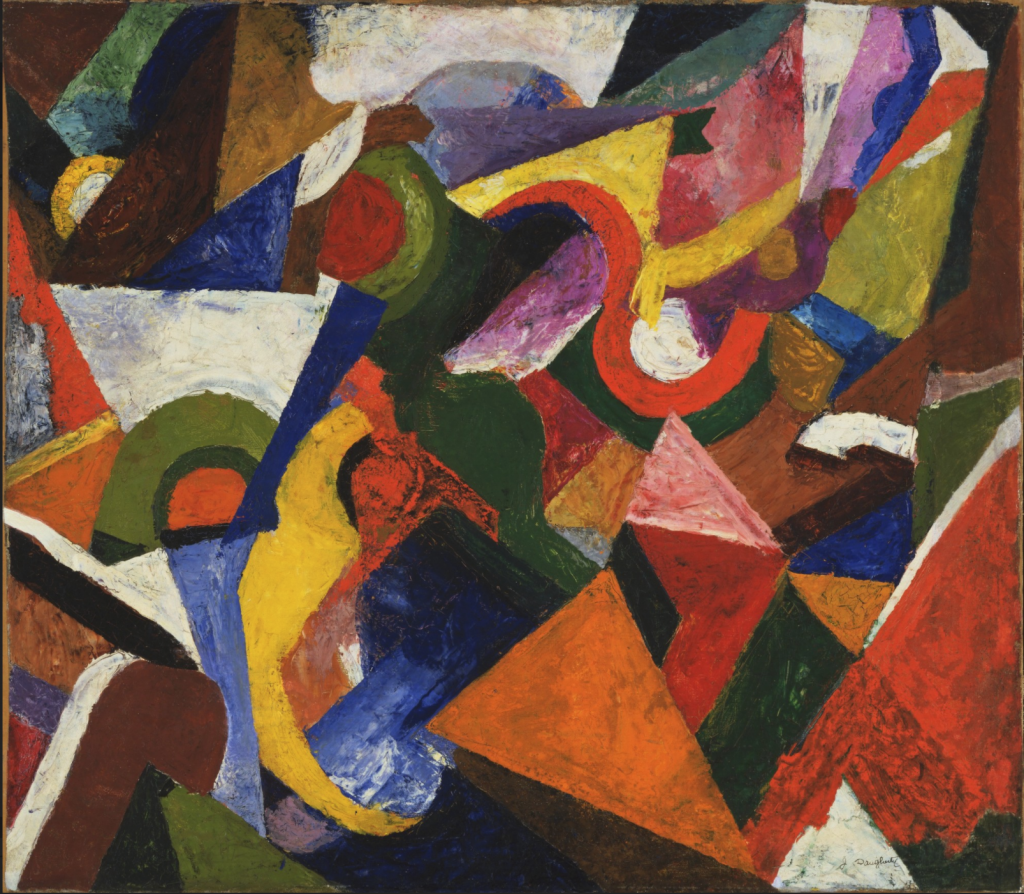
Image Courtesy of MoMA.
James Daugherty traveled to Europe in 1905, returning to the United States in 1907. Though he was exposed to Impressionist and Modern art during his travels, he did not explore avant-garde painting techniques until after witnessing the 1913 Armory Show in New York. This monumental exhibition had a profound effect on Daugherty and many other young artists in America. In 1915 Daugherty met fellow artist Arthur Burdett Frost, Jr. Frost had just returned from Paris and shared with Daugherty the concepts developed by the Delaunays. Painted in 1918, Simultaneous Contrasts exemplifies the fruition of Daugherty’s evolution from Futurist ideas into pure color abstraction. Supported by collector Walter Arensberg and artist, Katherine Sophie Dreier, Daugherty was invited to show with the Society of Independent Artists, as well as Societe Anonyme. These organizations were some of the few sources for avant-garde American artists to exhibit their works in the second decade of the twentieth century.
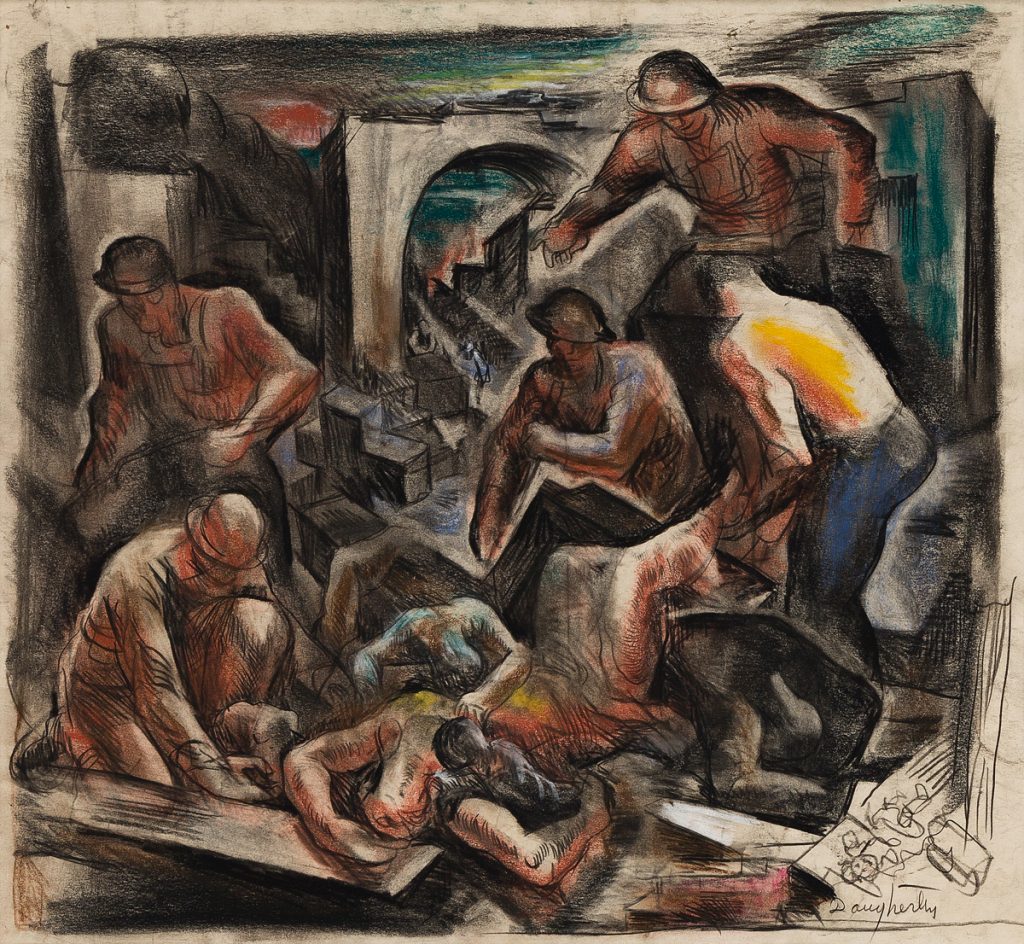
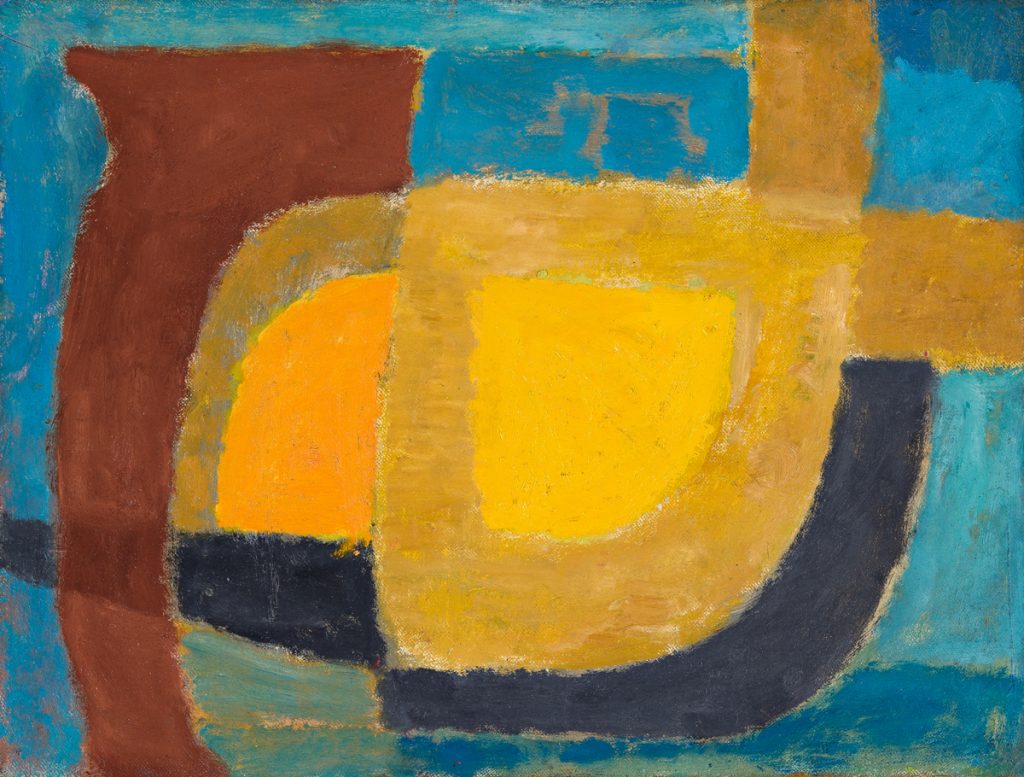
James Daugherty returned to a figurative style and completed many murals during the new deal for the Public Works of Art Project and the Works Progress Administration Federal Arts Project. Though his style had changed, he retained his palette developed in his abstract period. In 1953, after a long career of figurative painting and book illustration, James Daugherty returned to his exploration of pure abstraction. In the era of the Action Painters, Daugherty painted with expressive brushstrokes, yet stayed true to his earlier use of form and color. In and Out is a great example of this end of career work, that shares a dialog with his younger self.
Related Reading: The Artists of the WPA: The Promise of a New Deal
Do you have a Synchromist work we should see?
Learn about how to consign to an auction, and send us a note about your item.
The post Synchromism: Modern Art Conceived by American Artists appeared first on Swann Galleries News.